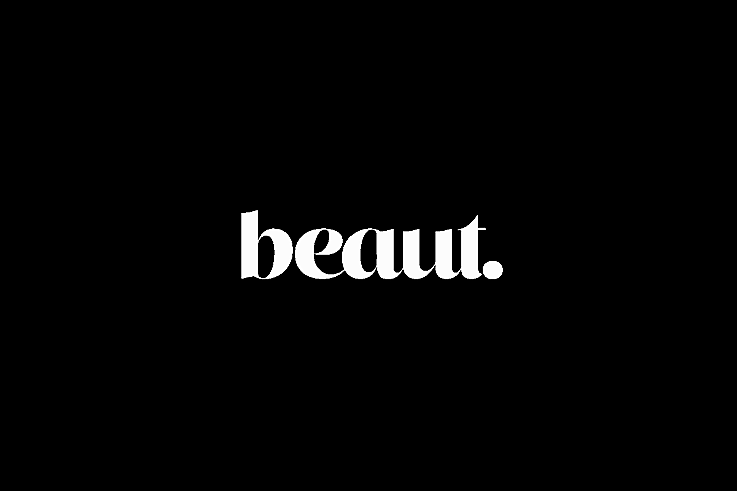
The billion-dollar cosmetics industry is full of lotion and potion options. Understanding what it is that we are putting on our skin is vital. The skin is the largest organ on the body; it absorbs all ingredients you put on it.
With endless products on the market and countless ads promising us a solution to all our beauty needs, it’s no wonder most of us need industrial-sized help when it comes to choosing the right skin care products for us. We only have one skin. It’s not like buying a new item of clothing, wearing it out and then replacing it with a new one.
Over the years, I have worked for many of the biggest cosmetics houses and explored most aspects of the industry. I've observed that more often than not, women wear a cheap skincare product or foundation daily and save their expensive products for weekends. I totally understand why; it all comes down to budget.
Now, it's important to underline that cheaper does not automatically equal lesser. Price point does not necessarily define a good product. But to make the distinction, we have to read and understand the ingredients.
Getting into the habit of reading ingredients lists on products is one of the most important things you can do. Like with food, both high and low priced products include ingredients to prolong shelf life, make them smell or feel better among other things that may not be amazing for your skin.
Advertised
The most important thing to know is that the first-listed ingredients are what the majority of the product is made from. So these should be 'active' ingredients; they should do what the product in question says it can do. The further that 'active' ingredient is down the list of ingredients basically means there is less and less of that ingredient in the product.
So what are the ingredients that you should be looking out for? I've noted a few below that should be considered.
- Perfumes, alcohol, isopropyl or astringent type ingredients are extremely harsh on the skin and can strip it of moisture and natural immune barrier
- Bulking agents, like lanolin, mineral oil, paraffins, parabens, petroleum
- Hormone disrupting chemicals like DEA (diethanolamine), MEA (monoethanolamine) and TEA (triethanolamine) which have the finger pointed at them as potentially causing breakouts
Advertised
- Preservatives to increase shelf life of a product such as DMDM Hydantion and urea (imidazolidinyl)
To sum up, take a look at the ingredients in the skincare/makeup that you wear most often. Do you recognise the first-listed ingredients? And have any of you had any strange reactions to products in the past?




